Located on the south coast of England, Hampshire is packed full of fascinating history. The ancient cathedral city of Winchester was where Kings Alfred, Knut, and William the Conqueror all based themselves when they were the rulers of England.
Not only are the towns and historical buildings of interest, but you can discover the county through the great outdoors, too. The New Forest National Park is the perfect place to hike and bike, and there’s even an endemic breed of horse – the New Forest pony. The county is easily accessible if you choose cities Portsmouth or Southampton as your base.
In this post, we’ll show you ten of the most fascinating castles in Hampshire.
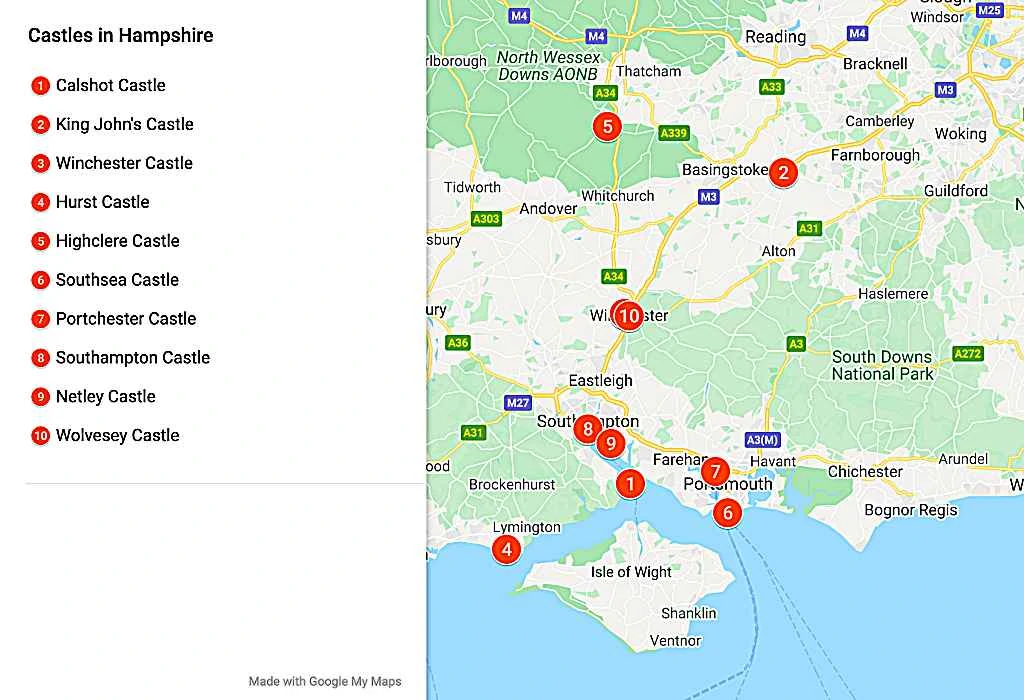
10 Castles to visit in Hampshire
1. Calshot Castle
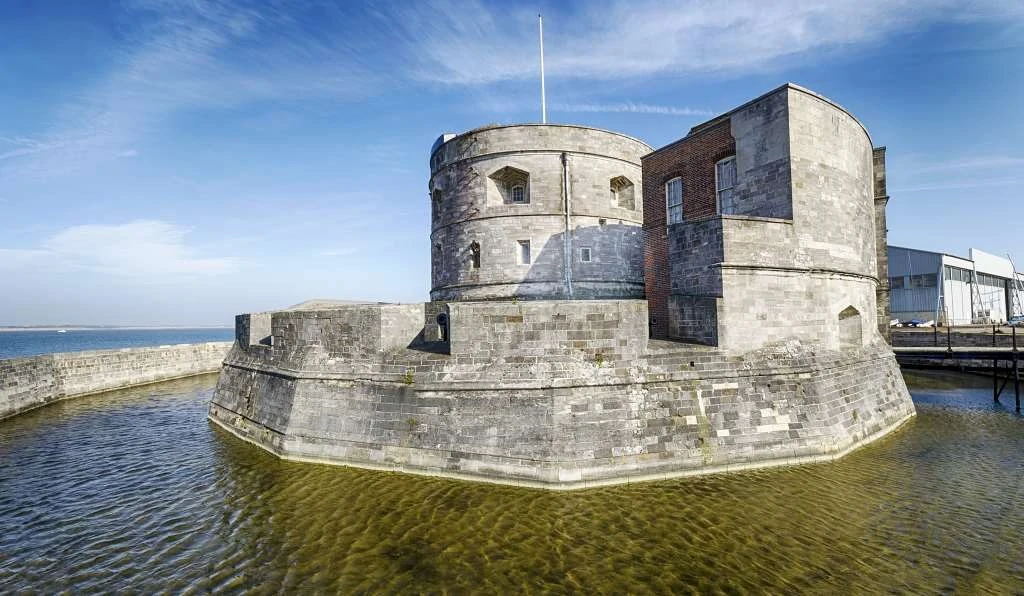
Designated as a UNESCO World Heritage Site in 1987, Calshot Castle was constructed during the reign of Henry VIII in the UK’s most ambitious coastal defense scheme since Roman Times.
Its position on the Calshot Spit means that it not only protected the UK from invasion from France and the Holy Roman Empire but also defended the area where Southampton Water met the Solent.
More recently, the castle has been used as a Naval and RAF base, while a museum in the castle showcases its role in World War II. This artillery fort has a cylindrical keep, and the views of the Solent from the top of that are magnificent.
Where: Calshot
When: 16th century
Open for Visit: Yes. Check here for more information.
2. Odiham Castle

The ruins of Odiham Castle lie about halfway between Windsor and Winchester. It was built between 1207 and 1214 and intended as a hunting lodge for the then King, John (the castle is known locally as King John’s Castle). It was one of only three castles that the king built from scratch.
The castle became involved in military action shortly after its completion when Prince Louis of France invaded England. The castle was confiscated by the Crown in 1265 and remained a Royal Castle until the reign of Edward II. It saw more battles before descending into its current ruinous state in the early 17th century.
Where: North Warnborough
When: 13th century
Open for Visit: Yes. Check here for more information.
3. Winchester Castle

There is only one part of Winchester Castle still standing, and that is the Great Hall. However, it is said to be “one of the finest surviving aisled halls of the 13th century.” It is home to an iconic symbol of medieval mythology – King Arthur’s Round Table.
The castle was one of the first built in England – commissioned by William the Conqueror in 1067. There are several other relics here, including stained glass windows and an executioners’ block. The Great Hall backs onto Queen Eleanor’s Garden – a recreation of a medieval herbarium which has a camomile lawn, a fountain, and stone seats.
Where: Winchester
When: 11th century
Open for Visit: Yes. Check here for more information. The Great Hall holds private and civic functions and is sometimes closed to visitors.
4. Hurst Castle

Much like Calshot Castle, Hurst Castle is a sea fort constructed in the time of Henry VIII in the 16th century. It was designated as a World Heritage Status in the 20th century.
This remote castle is at the end of a coastal spit and protects the Solent. It functioned as a prison in the 17th century before being strengthened again in the 19th century. The castle played a role in both the Napoleonic Wars and World War II. Visitors can enjoy magnificent views of the Solent from here.
Where: Milford on Sea
When: 16th century
Open for Visit: Yes. Check here for more information.
5. Highclere Castle
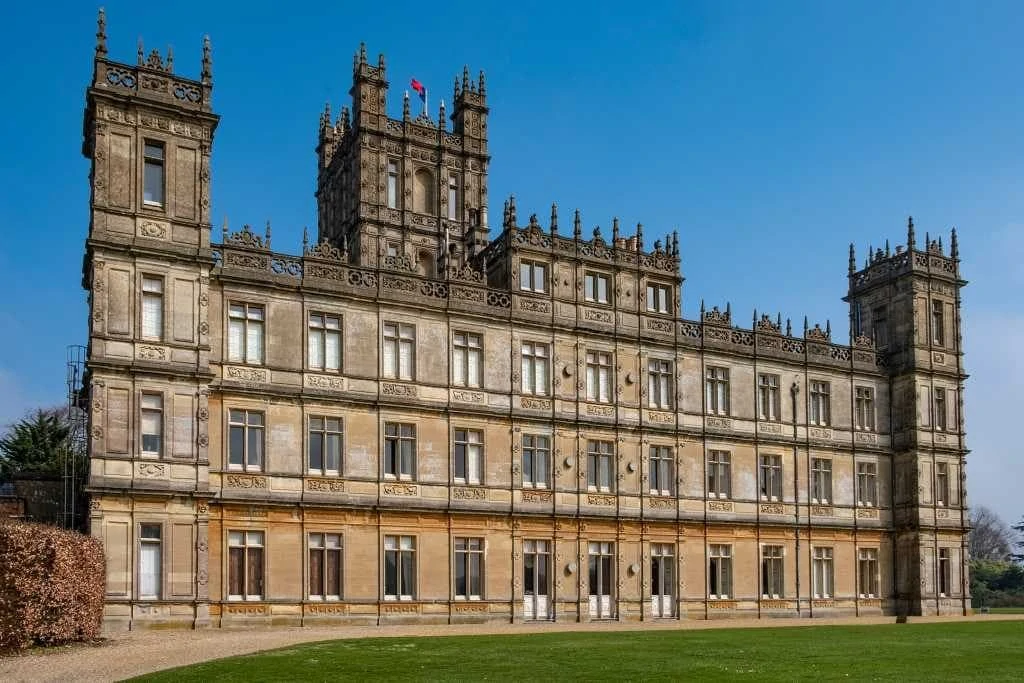
The first written records of Highclere Castle date back to 749AD, but the building before you today is a little more modern than that. It is perhaps most famous for its staterooms, which are centre stage in the TV series Downton Abbey.
It’s still a private residence, but you can visit the castle on selected dates. There’s a Downton Abbey themed guided tour available too. Even on days when the castle is not open, it’s still possible to visit the 5,000-acre estate surrounding Highclere and take a walk in its grounds.
Where: Newbury
When: 17th century
Open for visit: Yes, selected dates only – See the website for details.
6. Southsea Castle
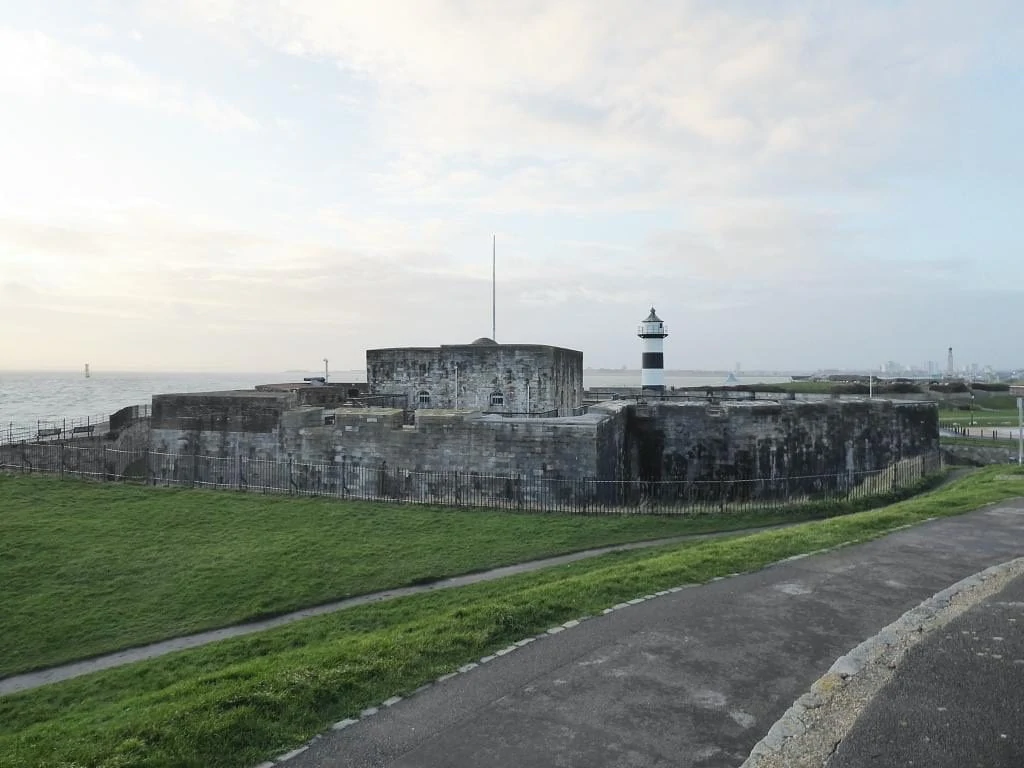
Another of Henry VIII’s artillery forts on the Solent, Southsea Castle is near some of the UK’s most impressive maritime attractions, including Portsmouth Historic Dockyard and the Mary Rose. The castle is said to have been designed by Henry VIII himself and went on to be an active military base for over 400 years.
After guarding the entrance to Portsmouth harbour for such a long time, it is now a popular tourist attraction accessible by a bridge over the moat. Visiting is free of charge.
Where: Southsea, Portsmouth
When: 16th century
Open for visit: Yes, check here for more information.
7. Portchester Castle
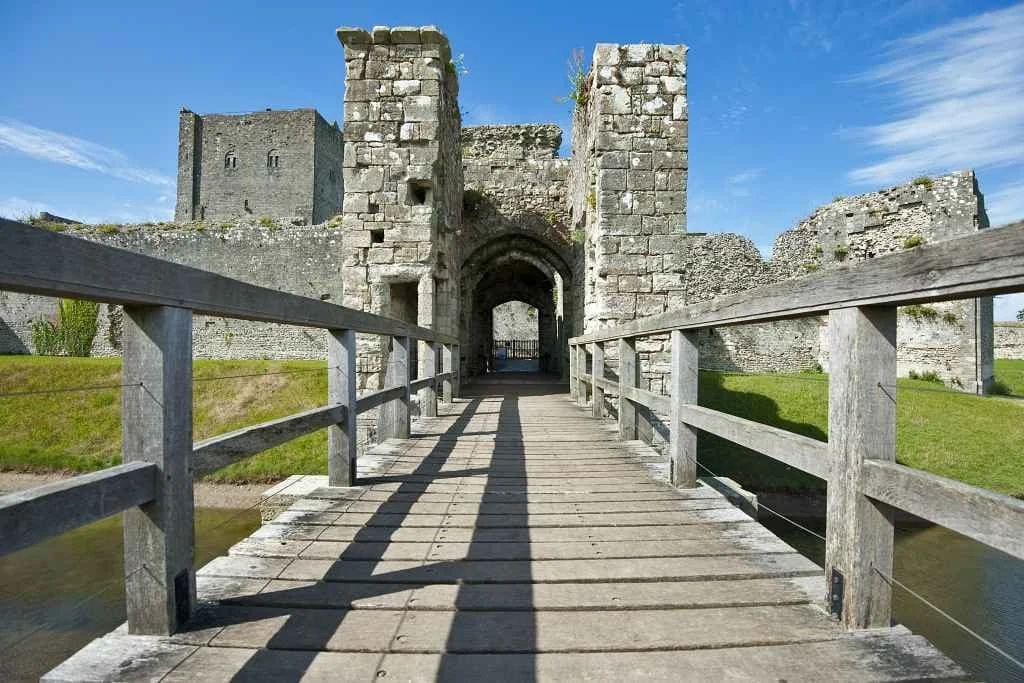
There has been a defensive structure at Portchester since the 3rd century AD, at this time, a huge Roman fort. It later went on to become a Saxon settlement in the 5th century, before becoming a Norman Castle in 1066.
The outer walls of the castle are Roman relics and the most complete fort from this time in Europe. Portchester Castle looks out over Portsmouth Harbour and was once used as a prison for enemy soldiers.
Where: Portchester, Fareham
When: 11th century
Open for visit: Yes. Check here for more information.
8. Southampton Castle
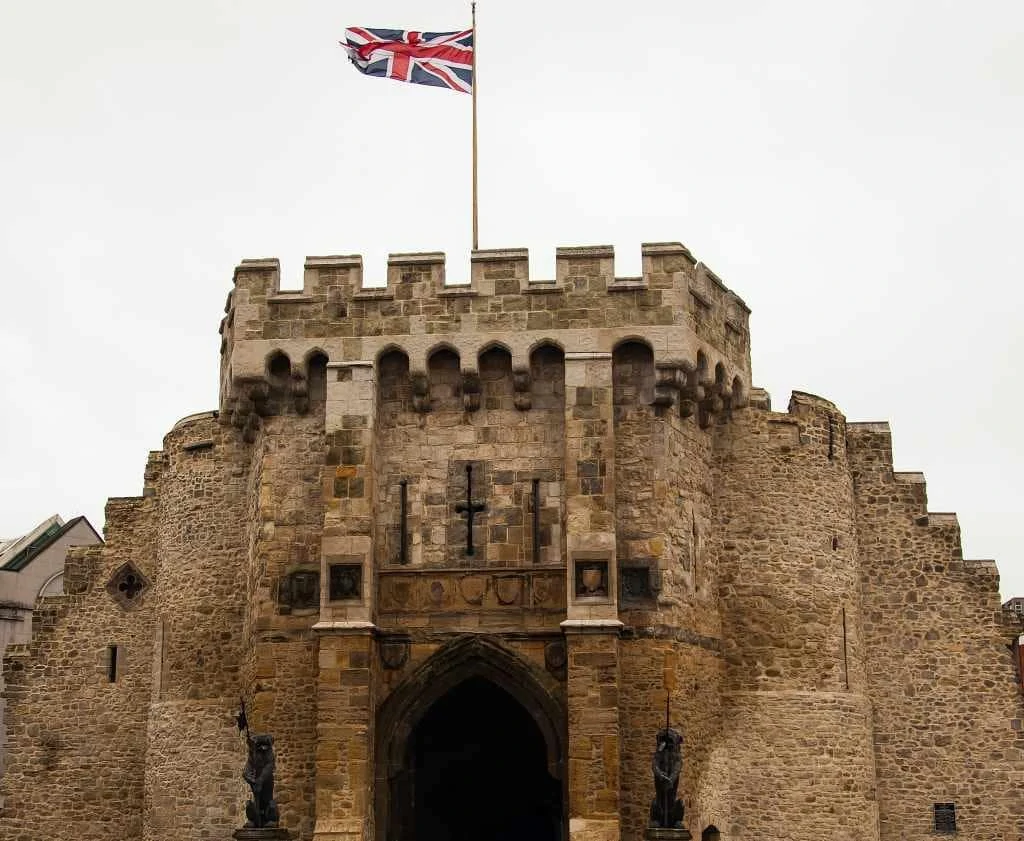
Southampton is the largest city in Hampshire, and its castle would have once reflected the status of the city. However, nowadays, there’s almost nothing left of this once mighty fort. It was first built in the late 11th century during the Norman Conquest of England.
In the 13th century, it was one of the first English castles to ward raiders off with a cannon. It was sold off in the 16th century and flattened in the 19th century. Now, there’s a block of flats on the site. You can still see the castle hall and vaults and one part of the southern wall, but no more.
Where: Southampton
When: 11th century
Open for Visit: You can visit the very limited part of the castle that still stands.
9. Netley Castle
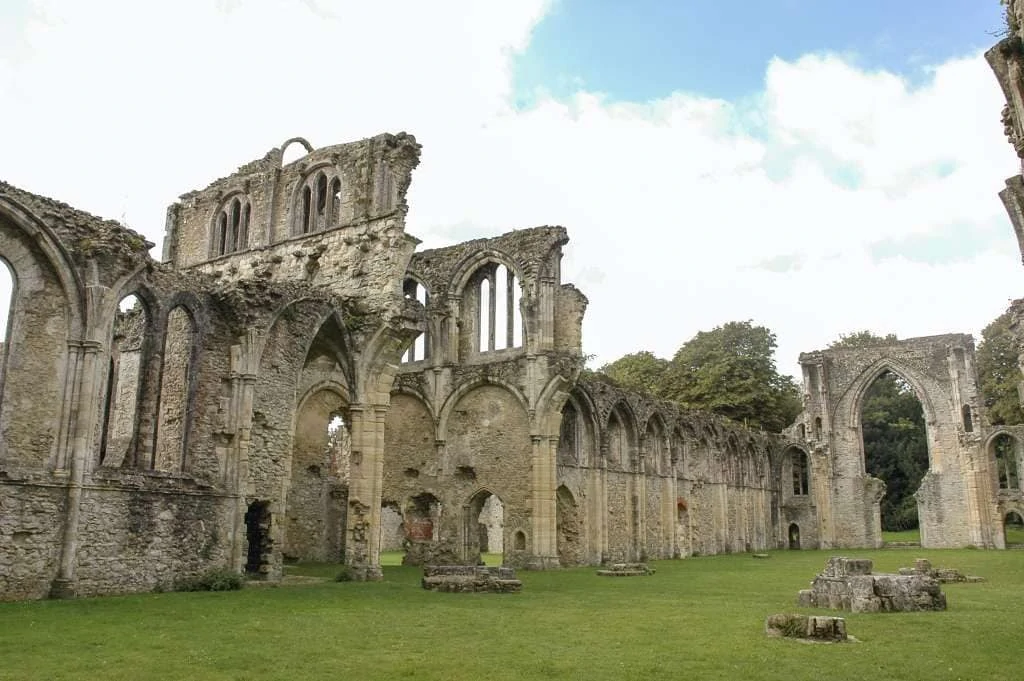
Another fort in Henry VIII’s coastal defence scheme of the 16th century, Netley Castle was decommissioned in the English Civil War before falling into ruin. It was then converted into a private house with Gothic architecture.
It is now a Grade II listed building that has been converted into residential flats – therefore, it’s not open for public viewing. Although Netley Castle is not open to the public, the nearby Netley Abbey is. It is the most complete surviving Cistercian abbey in Southern England.
Where: Netley
When: 16th century
Open for Visit: No
10. Wolvesey Castle

The peaceful ruins of Wolvesey Tower were once a medieval palace and the home of the Winchester Bishops. Wolvesey was one of three castles belonging to the Bishopric of Winchester that remained in the church’s hands when its assets were seized in the reformation.
Despite this, it fell into ruin after being eclipsed in size and power by nearby Farnham Castle. The ruins of the castle are free to visit, but there are guided tours on Sundays for a fee.
Where: Winchester
When: 12th century
Open for Visit: Yes. Check here for more information.
